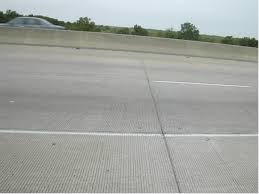
We are manufacturer of various kind of concrete admixtures i.e., Plasticizers, Accelerating Admixtures, Air Entering Admixture etc. Our all admixtures are tested from C.B.R.I. Roorkee, I.R.I. Roorkee, Ministry of S.S.I.
New Delhi and all admixtures are as per I.S. and I.S.I. We are in the field of water proofing from last 12 yrs.
which we have proper team of Engineers, skilled labour and our technical consultant is retired as Senior Scientist of C.B.R.I. Roorkee.
We have tie up with Nina Industries, Mumbai. We have done water proofing treatment in various public as well as private organizations such as Metro Rail Project, Delhi,
Uttarakhand Bhawan, Delhi, Secretariat Uttaranchal, Hon'ble Governor House, Hon'ble C.M. House, Police Directorate, Intelligence Office, Doiwala Chowki, Araghar Chowki,
Lakhi Bagh Chowki, Sahaspur Chowki, Chief Secretary House, Uttaranchal, I.T.M. Mussoorie etc.
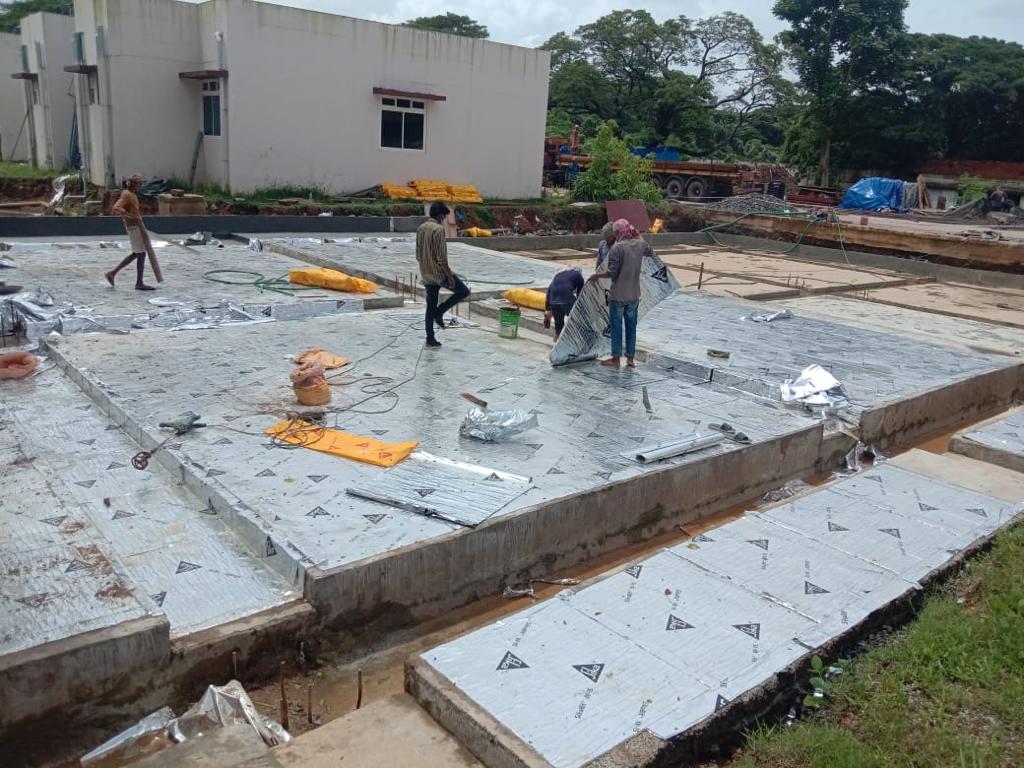
Basement waterproofing involves techniques and materials used to prevent water from penetrating the basement of a structure. Waterproofing a basement that is below ground level can require the application of sealant materials, the installation of drains and sump pumps, and more. The spaces of basements are particularly prone to wetness and moisture development. Water in the soil causes hydrostatic pressure to be exerted underneath basement floors and walls.
This hydrostatic pressure can force water through cracks, which can cause major structural damage as well as mold, decay, and other moisture-related problems. Major issues for this are Improper Soil and Drainage Systems, Poorly Installed Maintained Gutters, Improper Slope, Hydrostatic Pressure and Condensation, etc. Preventing all these is the aim of installing basement waterproofing.
The roof is the most affected part of a building, directly impacted by rains. It is often the leakage through the terrace that causes severe dampness in the ceilings, thus spoiling the look of expensive interior paints.
There are several areas on the terrace that need to be taken care of while waterproofing them. Such areas include pipes that come through parapet wall or the roof, small canals for cables and electric wires, thresholds of the terrace door, water tank corners, and so on. Besides, rainwater drain outlets coming out of the terrace, must be of the proper size and made available all around the roof. Get in touch with a Modern Engineering Solutions expert to assess the best solution for waterproofing your roof.
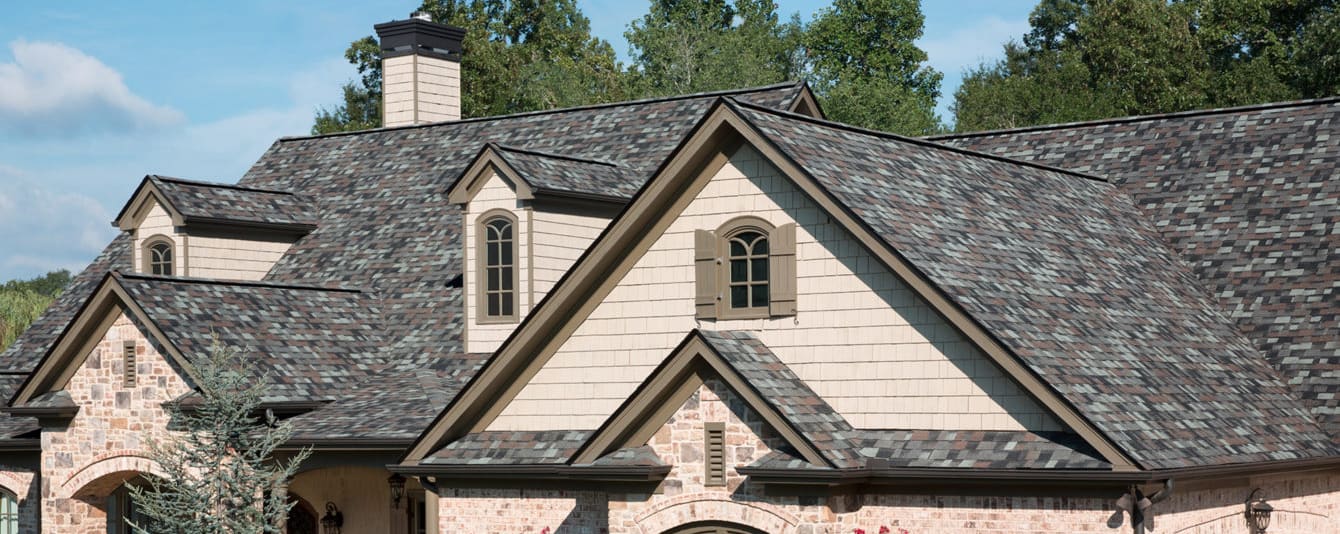
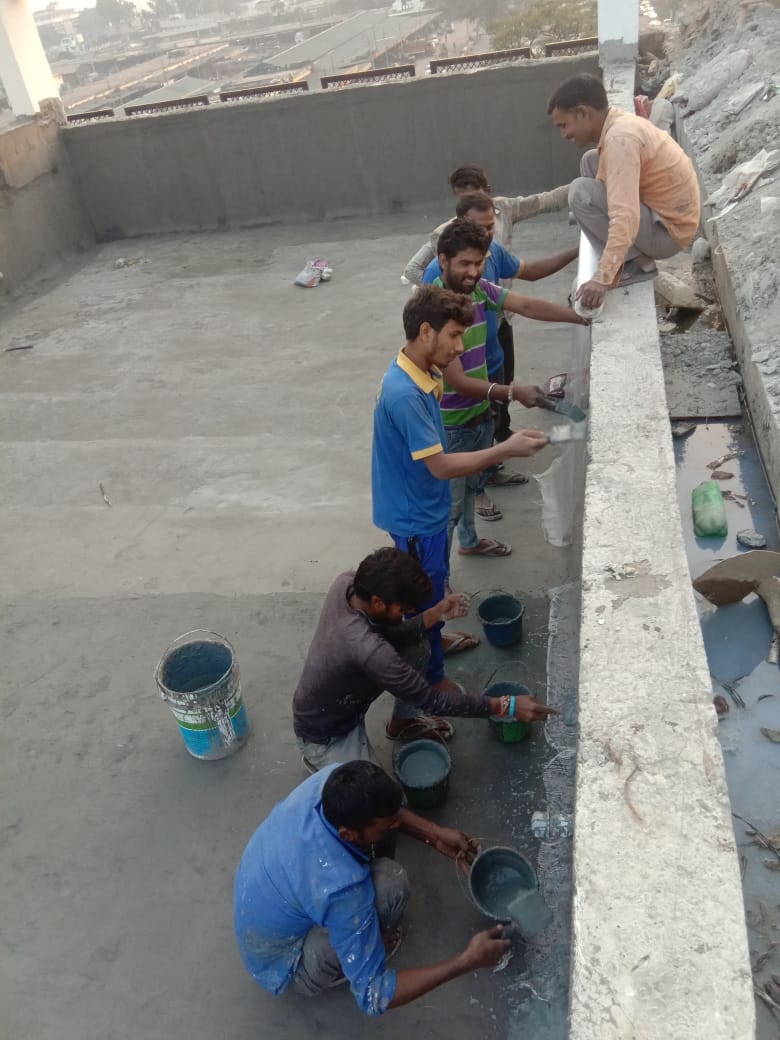
Waterproofing system should be applied with pools, fountains, water tanks, or drainpipes during the construction period in order to prevent the loss of water.
Remedial Waterproofing can be a risky and costly operation once completed without waterproofing.
The concrete swimming pool structure can be constructed either by shotcrete or guniting or formwork methods. The shotcrete and guniting process constructs the walls and base of the pool as a single unit. The formwork method creates the wall and pool base as two units. The first method is more popular.
A garden you grow on the roof, terrace or balcony of your house is known as a Terrace Garden. With urbanization and no space left to accommodate nature, terrace gardening is becoming rapidly adopted in buildings.
The residents are conforming to terrace gardening to feel closer to nature from the comfort of their buildings. It doesn’t matter how big or small your rooftop is, with the right planning and little effort you can transform your terrace into a garden. Terrace gardening can be done on almost all kinds of buildings such as residential flats, individual houses, high-rise buildings and commercial centres.
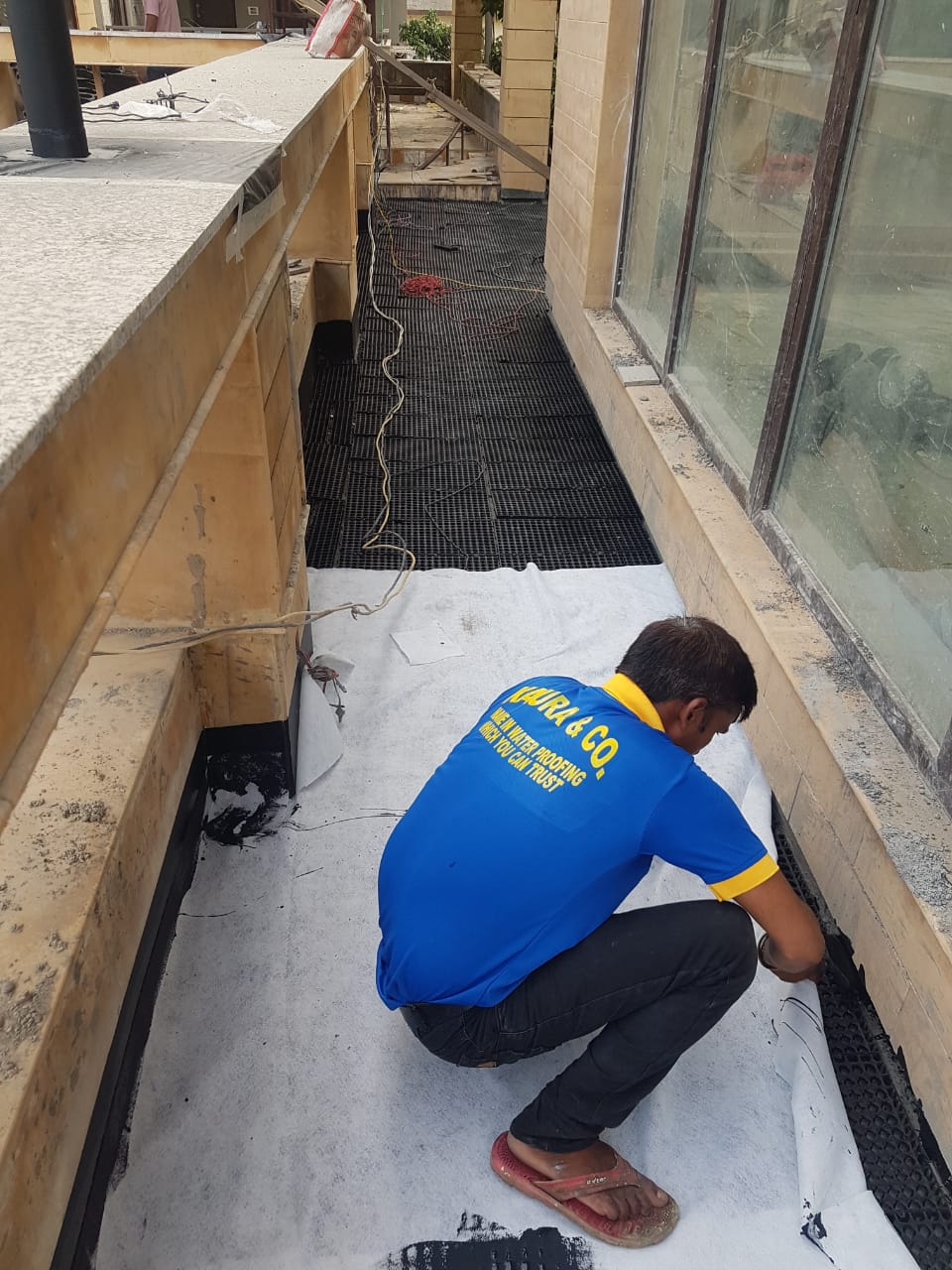
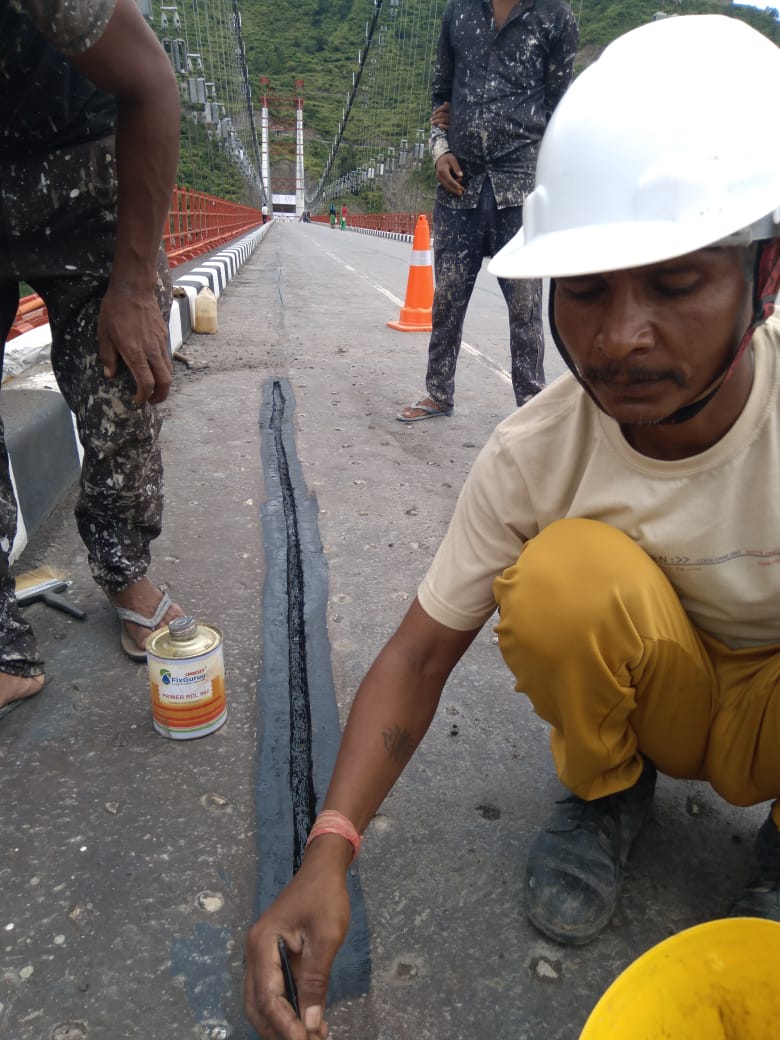
Expansion joints connect two fixed assemblies or pipes and allow movement due to service load, shock or thermal cycles. They are made of elastomer, fabric or metal materials and feature a bellows-style construction.
Convolutions permit misalignment, movement or isolation of the components that are joined together. Expansion joints can have a round, square, or rectangular cross-section.Rounded products often have a neck or collar that permits attachment with a hose clamp. Expansion joints with a flanged end usually attach to components with screws or bolts. Some expansion joints are used in plumbing or piping applications. Others are designed for vacuum or process-gas systems in which vacuum flanges and fittings connect runs of pipes or tubes to other sections of pipes or tubes, as well as to hoses, valves, pumps, chambers and vacuum components. Expansion joints for electrical conduits are also available.
So, to avoid this, construction joints are used as a crack prevention tool. If the size and length of the concrete exceed a specified limit, using construction joints becomes vital. Usually, joints are not needed for short-length concrete members.
This is because in the expansion of short-length concrete, the endpoint is close and the probability of cracking is low. This probability increases if the concrete member crosses the specified limit. If you’re wondering what a construction joint is used for, it is used for designing and building multiple building elements. Mostly, they are placed in concrete slabs and pavements at regular intervals to prevent cracking.
